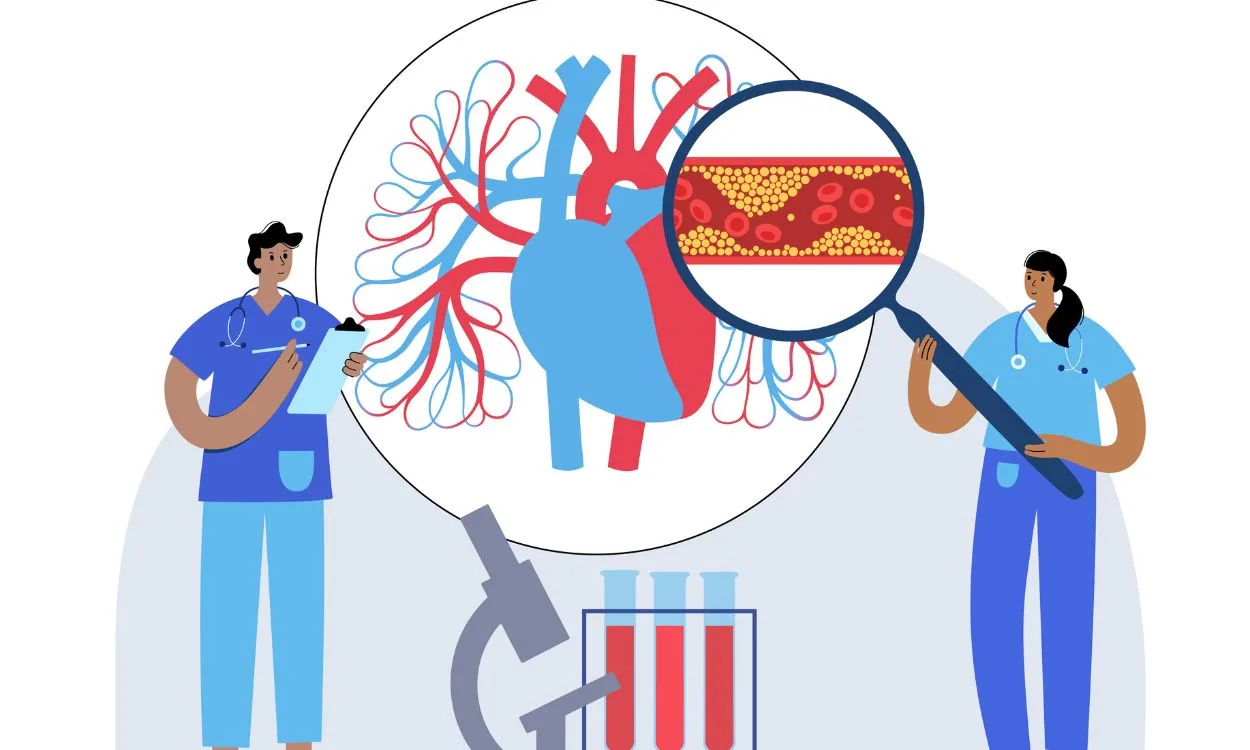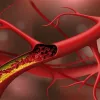What are Triglycerides and Their Role in the Body?
Triglycerides are a type of fat (lipid) found in your blood. They are the most common type of fat in the body and serve as a major source of energy. Triglycerides are formed when excess calories from the food we eat are not immediately used for energy and are stored in fat cells for later use. Here is a detailed explanation of what triglycerides are and their role in the body.
1. Structure of Triglycerides
- Triglycerides consist of glycerol and three fatty acids.
- Glycerol is a simple sugar alcohol with three hydroxyl (OH) groups.
- Fatty acids are long chains of carbon atoms with a carboxyl group (COOH) at one end.
2. Role of Triglycerides in the Body
- Energy Storage: Triglycerides serve as a concentrated form of energy storage in adipose tissue (fat cells). When the body needs energy, it can break down triglycerides to release fatty acids for energy production.
- Insulation and Protection: Triglycerides stored in adipose tissue help to insulate and protect organs, keeping them cushioned and protected from injury.
- Hormone Production: Some hormones are derived from triglycerides. For example, cholesterol, a precursor molecule for many hormones, is synthesized from triglycerides.
- Absorption of Fat-Soluble Vitamins: Triglycerides in the diet facilitate the absorption of fat-soluble vitamins (A, D, E, and K) by providing a carrier for these vitamins during digestion.
3. Recommended Triglyceride Levels
- Normal triglyceride levels in the blood should be below 150 milligrams per deciliter (mg/dL).
- Borderline high triglyceride levels range from 150-199 mg/dL.
- High triglyceride levels are considered above 200 mg/dL and can increase the risk of heart disease and other health issues.
4. Factors Affecting Triglyceride Levels
- Diet: Consuming a diet high in refined carbohydrates, sugars, and unhealthy fats can lead to increased triglyceride levels.
- Obesity: Being overweight or obese can increase triglyceride levels.
- Physical Activity: Regular exercise can help lower triglyceride levels.
- Genetics: Some individuals may have a genetic predisposition to higher triglyceride levels.
5. Health Implications of High Triglyceride Levels
- Increased Risk of Heart Disease: High triglyceride levels are associated with an increased risk of developing heart disease, including heart attacks and strokes.
- Pancreatitis: Extremely high levels of triglycerides in the blood can lead to inflammation of the pancreas, a condition called pancreatitis.
Now that we have discussed the role of triglycerides in the body, you might be wondering how you can monitor and manage your triglyceride levels to maintain optimal health. This is where Fitpaa, an end-to-end AI-driven metabolism monitoring and management technology, can assist you.
Fitpaa’s comprehensive approach focuses on strengthening all 11 organ systems in the body to deliver guaranteed results. By taking the Fitpaa Metabolism Assessment, you can identify the root cause of your health condition and optimize your metabolism, which plays a crucial role in managing triglyceride levels.
Based on your metabolism, health goals, lifestyle, and eating habits, Fitpaa prepares a personalized Fitpaa Capsule. This capsule combines medical therapy, medical exercise therapy, medical nutrition therapy, and cognitive behavior therapy to optimize your metabolism and help you achieve your health and fitness goals with a 100 percent guarantee.
The Fitpaa app provides real-time guidance, habit-building techniques, and a virtual workout trainer to assist you in following your Fitpaa Capsule effectively. With regular reviews from a team of fitness planners, nutritionists, trainers, and doctors, you can make necessary course corrections and track your progress until your goal is achieved.
Fitpaa is dedicated to helping you achieve your health and fitness goals with guaranteed results. Download the Fitpaa app today and experience the joy of getting fit while taking care of your overall well-being.









